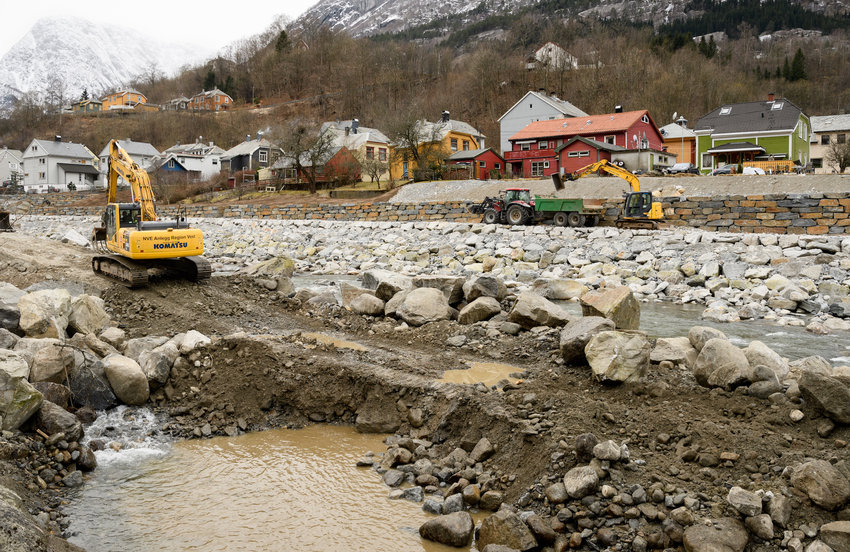Offshore wind power is seen as a crucial energy source for transitioning from fossil fuels to renewable energy. Researchers from NHH Norwegian School of Economics and NORCE applied modern portfolio theory, traditionally used in financial investments, to find the optimal wind farm distribution.

Norway is aiming to install 30GW of offshore wind power by 2040, with the Norwegian Water Resources and Energy Directorate (NVE) suggesting 20 candidate regions for this development. This study, financed by Climate Futures, explores how to optimally distribute these wind farms to achieve a high power production, while minimizing its variance using modern portfolio theory.
Portfolio theory helps in diversifying investments to reduce risk, and similarly, it can be used to distribute wind farms across different locations to stabilize power production. The approach can help policymakers and industry stakeholders make informed decisions about the spatial planning of offshore wind farms.
The study considered two sets of candidate locations: one suggested by NVE and another based on a multicriteria decision analysis by Solbrekke and Sorteberg. The NORA3 Wind Power data set, which provides detailed hourly and spatial wind power data across the North Sea, Norwegian Sea, Baltic Sea, and parts of the Barents Sea, was used to analyze wind power potential.
The researchers demonstrated that a diversified wind farm portfolio can significantly reduce power production variance. Assistant Professor at NHH Sondre Hølleland explains:
– The optimal portfolios were determined under various constraints, including the maximum number of turbines per location and the total number of locations. The results showed that the geographical diversification effect is robust to changes in location and can lead to a more stable power output, he says.
The researchers further highlighted the importance of considering both high and low-producing locations to achieve a balanced portfolio. The article also discussed the implications of different temporal scales (hourly, daily, weekly, monthly) on the correlation structure of wind power production.
Reference
Hølleland, S., Berentsen, G. D., Otneim, H., and Solbrekke, I. M.: Optimal allocation of 30 GW offshore wind power in the Norwegian economic zone, Wind Energ. Sci., 10, 293–313, https://doi.org/10.5194/wes-10-293-2025, 2025.
Front page illustration Sergiy Sergiuk/Colourbox

